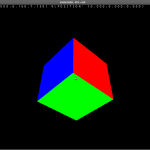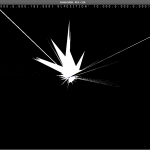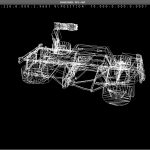Ok, what the hell were id software’s designers thinking about when they plotted the material files?
I was happy this morning, you know, with my models loading and that things, and i’ve said “hey, wired models are cool, but properly textured models are cooler!” So this noon i’ve started to look to how materials are handled in this otherwise, pretty simple file format.
Imagine my surprise when i’ve found something like:
shader “path_to_a_shader/shader_name”
and only that!
I’ve thought, ok, there must be a file named “shader_name” so I can make an n:1 relation, easy, right? Well, no. Don’t get me wrong at Insideo we had something similar to, each mesh had a reference name to a material, but there was 1 file for each material!
At id thought that it was a bad idea doing it that way, that probably having tons of files would be a bad idea (and I can agree with that). So their solution? having files with a bunch of material definitions there, you can find something like a file named “chars_common.mtr” with that “shader_name” definition in it!!
WTF! ok, I’m ranting just due the frustration of something that could be better. I mean, was that hard to have some kind of translation table? something like “you can find shader_name in the file chars_common.mtr”? In theory what you download with the demo are somewhat production files, aren’t they?
Bah, I suppose they have that table, but they keep it somewhere hidden :) :). Well, as I don’t find it, this means I will code that table tomorrow morning. Now it’s time to go to see how F.C Barcelona beats Manchester United and we become champions.


